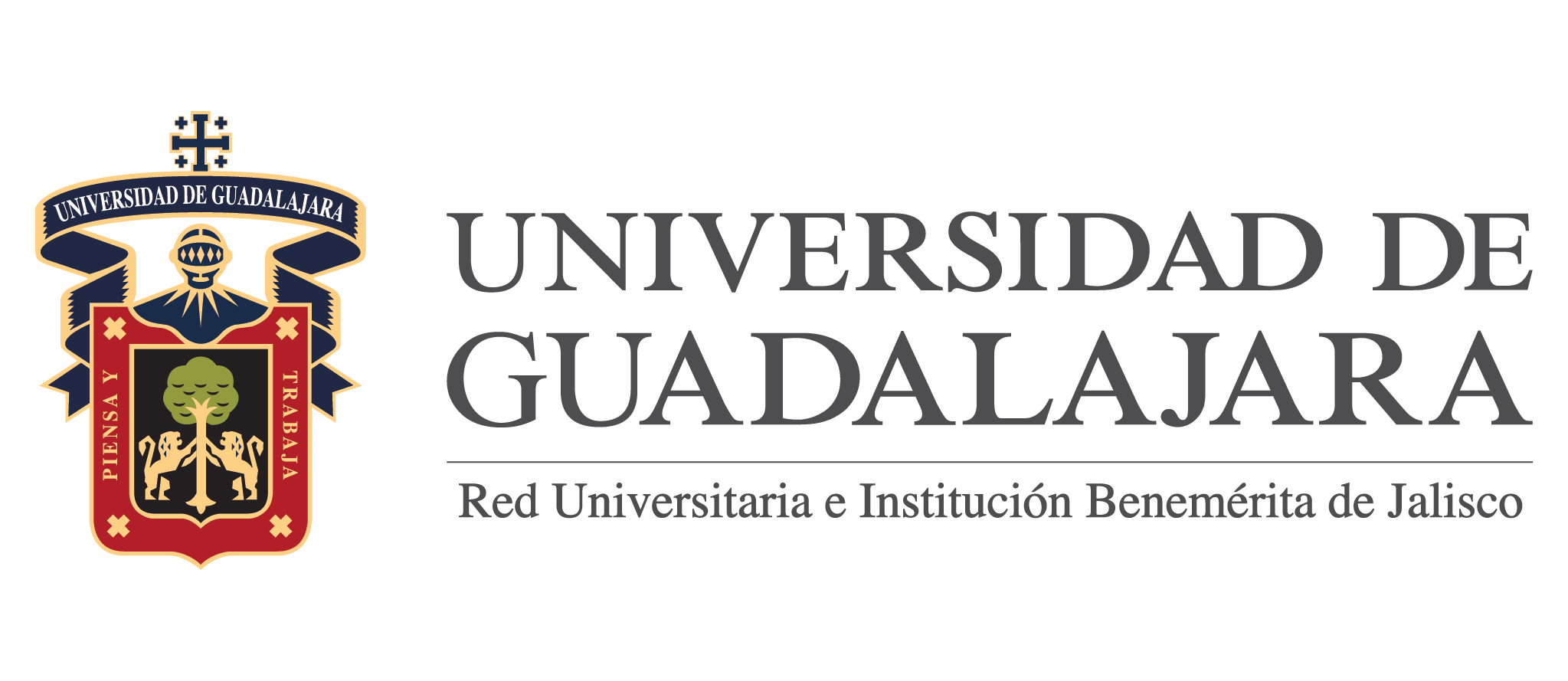Submissions
Submission Preparation Checklist
As part of the submission process, authors are required to check off their submission's compliance with all of the following items, and submissions may be returned to authors that do not adhere to these guidelines.- The submission has not been previously published in any type of printed, electronic or digital format, nor has it been simultaneously submitted for consideration for any other journal.
- The submission file is in Word, RTF or WordPerfect format.
- All URL addresses for references refer to the document consulted.
- The text has 1.5 line spacing; 12 point font size; italics are used instead of underlining (except in URLs); and all illustrations, figures and tables are placed in the corresponding places in the text.
- The text adheres to the stylistic and bibliographic requirements summarized in the Author Guidelines/ a, which appear in About the magazine.
- I (we) declare that I (we) are the author (s) of the text in application and that I (we) assume all responsibility for its content, releasing Sincronía Magazine from all legal responsibility that its publication entails rights issues. From author.
- I declare that at the time of submitting this manuscript, I have read the journal's editorial guidelines and the corresponding Code of Ethics.
PHILOSOPHY
This section addresses topics and discussions surrounding terorpy and philosophical analysis from any perspective, school or current. All critical and study collaborations that allow readers to delve into the study of philosophy as a form of critical and rational thinking are welcome.
LETRAS
Section that delves into literary analysis from any literary current and school, going through classical letters to romantic and contemporary ones. The articles in this section correspond to the literary studies that have been carried out as a result of the research carried out by literary specialists.
MISCELLANY
The Social Sciences and Humanities offer a wide range of studies in all their aspects, here studies are addressed in all subjects that arise from History, Politics, Education, Social studies, Archeology, Anthropology, Legal studies, Gender studies , Among others, from any line of research.
Copyright Notice
Sincronía has adopted the CC-BY Attribution 4.0 International licenses for the magazine portal and CC-BY NC Non-Commercial Attribution 4.0 International licenses for the articles.
The economic and moral rights of the article belong to its author or authors, under the guidelines described in the license, allowing free access to all the information contained in the published documents, so readers will be able to use the articles in terms of the license. mentioned in the previous paragraph.
Privacy Statement
The names and email addresses entered in this journal site will be used exclusively for the stated purposes of this journal and will not be made available for any other purpose or to any other party.



























